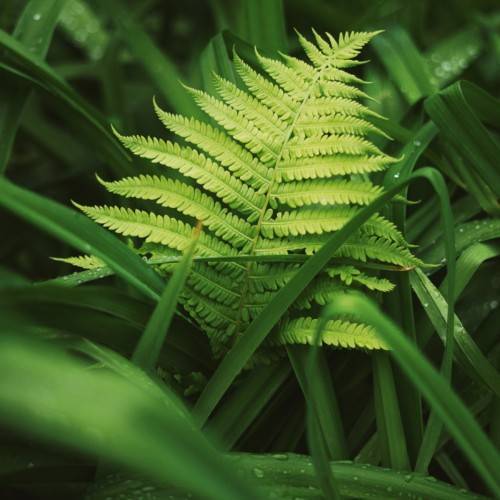
marsh fern
Thelypteris confluens
Cycle:
Perennial
Watering:
Frequent
Hardiness Zone:
3 - 8
Flowers:
Flowers
Sun:
Part shade,full shade
Leaf:
Yes
Growth Rate:
Low
Maintenance:
Low
Salt Tolerant:
Yes
Care Level:
Moderate
watering
Marsh ferns should be watered regularly. Water when the top 1-2 inches of soil feels dry, preferably 1-2 times per week. Water should be thoroughly applied to the soil and until it starts to drip out of the drainage holes in the bottom of the pot. Then, drain the excess water. Marsh ferns should be watered more often in drier, warmer climate conditions, and less often in cooler climates. Avoid allowing the soil to completely dry out. The best way to test this is to stick your finger in the soil and if it feels dry past your first knuckle, then it's time to water.
sunlight
Marsh fern (Thelypteris confluens) is a native species of fern found in wet and swampy environments. In ideal conditions, marsh fern requires full sun, 8 hours between sunrise and sunset for optimal health and growth. Although this species does tolerate partial sun, the amount of sunlight during the day should be reduced to 6 hours. During particularly hot weather, more shade may be necessary to protect the fern from heat stress. In cooler weather, the sun exposure for this species can remain the same. Direct sunlight should be avoided for marsh fern as it can lead to sunburn and injury to the delicate fronds.
pruning
Marsh Fern (Thelypteris confluens), native to the Eastern United States, can be pruned to control and maintain its size. Pruning should be done in late summer or early fall. Begin by pruning dead or damaged fronds, followed by removal of any dense foliage and heavy thinning of the center of the plant. This will allow light and air to circulate within the plant. Any newly emerging fronds from the center can be left in place. Prune the remaining fronds down to about 6 inches in height. Pruning should be done every 2-3 years to maintain the size and shape of the plant.
